Sarcandra glabra
Sarcandra glabra
1. The products in our compound library are selected from thousands of unique natural products; 2. It has the characteristics of diverse structure, diverse sources and wide coverage of activities; 3. Provide information on the activity of products from major journals, patents and research reports around the world, providing theoretical direction and research basis for further research and screening; 4. Free combination according to the type, source, target and disease of natural product; 5. The compound powder is placed in a covered tube and then discharged into a 10 x 10 cryostat; 6. Transport in ice pack or dry ice pack. Please store it at -20 °C as soon as possible after receiving the product, and use it as soon as possible after opening.
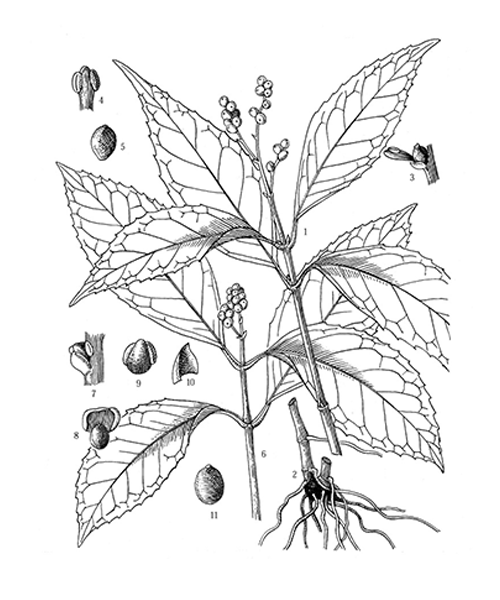
Natural products/compounds from Sarcandra glabra
- Cat.No. Product Name CAS Number COA
-
BCN6088
Scoparone120-08-1
Instructions

-
BCN5893
Rosmarinic acid20283-92-5
Instructions

-
BCN3149
Quercetin-3-O-glucuronide22688-79-5
Instructions
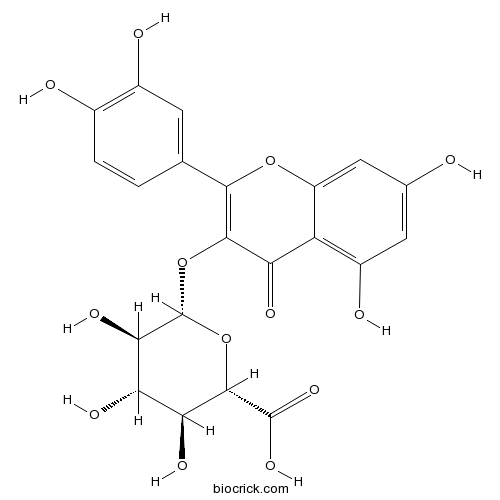
-
BCN5204
Astilbin29838-67-3
Instructions

-
BCN5905
6,7-Dihydroxycoumarin305-01-1
Instructions
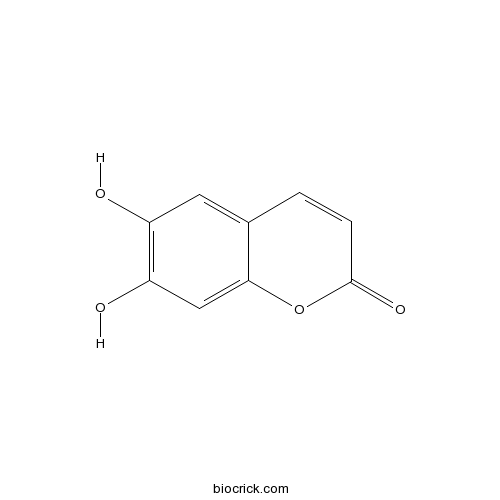
-
BCN5570
Hyperoside482-36-0
Instructions

-
BCN2327
Isofraxidin486-21-5
Instructions
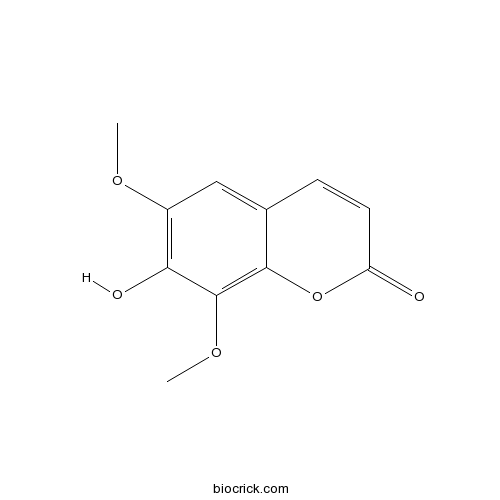
-
BCN5649
Emodin518-82-1
Instructions
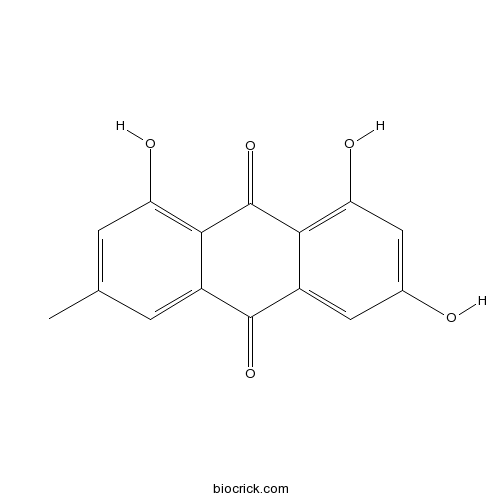
-
BCN8853
Neoastilbin54081-47-9
Instructions

-
BCN5719
Isoastilbin54081-48-0
Instructions

-
BCN6532
Neoisoastilbin54141-72-9
Instructions

-
BCN5725
Lupeol545-47-1
Instructions

-
BCN1206
Palmitic acid57-10-3
Instructions

-
BCN5903
Fraxetin574-84-5
Instructions
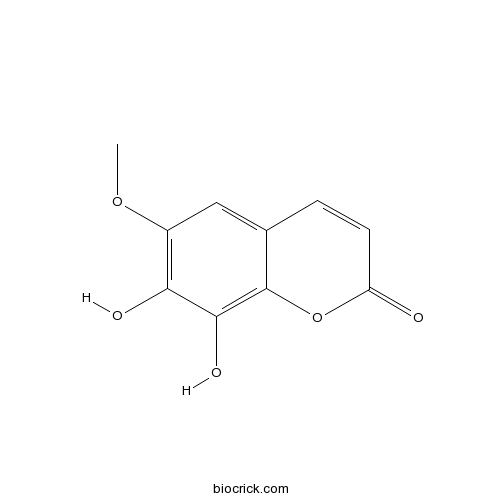
-
BCN5907
Cryptochlorogenic acid905-99-7
Instructions

[Scientific research on selection of medicinal herbs of Chloranthaceae based on materia medica theory].[Pubmed: 30111067]
The plants of Chloranthaceae are widely distributed and rich in resources in our country, records of ancient herbs indicaded that various species of plants of Chloranthaceae can be used for medicinal purposes, especially the Sarcandra glabra which with the least toxicity and possessed the function of clearing heat and cooling blood, activating blood to eliminate spots and removing wind and dredging collaterals. Based on the theory of herbage and by the method of consulting the past herbal literature, we summarized and analyzed the medicinal history, distribution characteristics of herbage geography, characteristics of herbage ecology, standard collection situation and the modern toxicology research of Chloranthaceae plants. Therefore we explained the scientificity for selection of medicinal herbs of Chloranthaceae plants, and provided a theoretical and scientific basis for further research of Chloranthaceae plants.
Preliminary structural characterization and hypoglycemic effects of an acidic polysaccharide SERP1 from the residue of Sarcandra glabra.[Pubmed: 28927592]
None
Anti-inflammatory effects of rosmarinic acid-4-O-β-D-glucoside in reducing acute lung injury in mice infected with influenza virus.[Pubmed: 28461072]
Rosmarinic acid-4-O-β-D-glucoside (RAG) is a dicaffeoyl phenolic compound isolated from Sarcandra glabra (Thunb.) Nakai. Preliminary studies show that RAG has significant anti-inflammatory properties and can alleviate ear swelling in mice and the paw swelling in rats. Here, the anti-influenza effects of RAG were investigated in mice infected with A/FM/1/47 H1N1 virus. The survival rate and body weight were observed, the lung edema, virus copies, inflammatory cytokines (including IL-4, IL-5, TNF-α and IFN-γ) and oxidative damage indexes (including SOD, MDA, NO, and CAT) were measured. Moreover, immune cell recruitment in alveoli was measured with white blood cells and differential counts. Therapeutic RAG concentrations substantially improve the symptoms, mitigate body weight loss and alleviate lung edema induced by virus, thus improve survival protection effects. Furthermore, RAG was shown to regulate influenza virus-induced inflammatory cytokine expression, specifically by downregulating the Th1 cell cytokines IFN-γ, TNF-α and upregulating the Th2 cell cytokines IL-4, IL-5. Cell migration and infiltration were also diminished after RAG administration.
Preparation, characterization, and α-glycosidase inhibition activity of a carboxymethylated polysaccharide from the residue of Sarcandra glabra (Thunb.) Nakai.[Pubmed: 28237572]
None
Anti-inflammatory Principles from Sarcandra glabra.[Pubmed: 28110531]
Sarcandra glabra (Thunb.) Nakai (Chloranthaceae) is a medicinal plant used as herbal tea or food supplement to promote human health. We isolated 14 phenolic compounds from the n-butanol fraction of S. glabra and investigated their anti-inflammatory potential using lipopolysaccharide (LPS)-activated RAW264.7 macrophages. We demonstrated that methyl isorinate, a previously uncharacterized compound in S. glabra, is able to suppress NF-κB activation and reduce the expression of iNOS and COX-2 as well as the phosphorylation of IκB in LPS-treated RAW264.7 cells. In addition, the production of two inflammatory cytokines (IL-6 and TNF-α), as well as release of reactive oxygen species, in the LPS-stimulated macrophages was also inhibited by this compound. Furthermore, the structure-activity relationships of all of the isolated phenolic compounds present were analyzed. Overall, this study revealed several anti-inflammatory compounds that were present in S. glabra, and the results suggest that these diverse phenolic compounds are associated with the anti-inflammatory effects of S. glabra.
Sarcandra glabra (Caoshanhu) protects mesenchymal stem cells from oxidative stress: a bioevaluation and mechanistic chemistry.[Pubmed: 27793132]
Sarcandra glabra (Caoshanhu) is a traditional Chinese herbal medicine used for treating various oxidative-stressed diseases. The present work evaluated its protective effect on mesenchymal stem cells (MSCs) from oxidative stress and then discussed possible mechanisms underlying this observation.
Sarcandra glabra combined with lycopene protect rats from lipopolysaccharide induced acute lung injury via reducing inflammatory response.[Pubmed: 27631138]
Sarcandra glabra (Chinese name, Zhongjiefeng) is an important herb widely used in traditional Chinese medicine. Lycopene has been shown to be a powerful antioxidant. This study aims to test the hypothesis that Sarcandra glabra combined with lycopene protect rats from lipopolysaccharide (LPS) induced acute lung injury (ALI). Metabolomics approach combined with pathological inspection, serum biochemistry examination, enzyme-linked immunosorbent assay and western blotting were used to explore the protective effects of Sarcandra glabra and lycopene on LPS-induced ALI, and to elucidate the underlying mechanisms. Results showed that Sarcandra glabra and lycopene could significantly ameliorate LPS-induced histopathological injuries, improve the anti-oxidative activities of rats, decrease the levels of TNF-α and IL-6, suppress the activations of MAPK and transcription factor NF-κB and reverse the disturbed metabolism towards the normal status. Taken together, this integrated study revealed that Sarcandra glabra combined with lycopene had great potential in protecting rats from LPS-induced ALI, which would be helpful to guide the clinical medication.
Sesquiterpenoids from the seeds of Sarcandra glabra and the potential anti-inflammatory effects.[Pubmed: 27050720]
Five new sesquiterpenoids, including two linderanes (1-2) and three eudesmanes (3-5) were isolated from the seeds of Sarcandra glabra. Their structures and relative configurations were established by spectroscopic data analysis. 1 was a rare linderane derivative having an 18-membered triester ring which is a common characteristic in linderane dimers. Compounds 1-5 were investigated for their inhibitory effects on NO production in LPS-induced macrophages and 1 showed moderate bioactivity.
Systematic Analysis of Absorbed Anti-Inflammatory Constituents and Metabolites of Sarcandra glabra in Rat Plasma Using Ultra-High-Pressure Liquid Chromatography Coupled with Linear Trap Quadrupole Orbitrap Mass Spectrometry.[Pubmed: 26974321]
Ultra-high-pressure liquid chromatography (UHPLC) was coupled with linear ion trap quadrupole Orbitrap mass spectrometry (LTQ-Orbitrap) and was used for the first time to systematically analyze the absorbed components and metabolites in rat plasma after oral administration of the water extract of Sarcandra glabra. This extract is a well-known Chinese herbal medicine for the treatment of inflammation and immunity related diseases. The anti-inflammatory activities of the absorbed components were evaluated by measuring nitric oxide (NO) production and proinflammatory genes expression in lipopolysaccharide (LPS)-stimulated murine RAW 264.7 macrophages. As a result, 54 components in Sarcandra glabra were detected in dosed rat plasma, and 36 of them were positively identified. Moreover, 23 metabolites were characterized and their originations were traced. Furthermore, 20 of the 24 studied components showed anti-inflammatory activities. These results provide evidence that this method efficiency detected constituents in plasma based on the anti-inflammatory mechanism of multiple components and would be a useful technique for screening multiple targets for natural medicine research.


